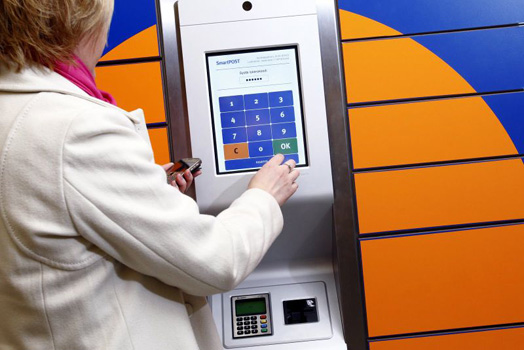
Localized customer specific strategies provide competitive edge for retailers
For retailers, there’s nothing more important today than precisely understanding local markets. Trying to serve the average consumer is a quick ticket to commoditization and earnings pressure for retailers.
Sure, companies can still be profitable using the old retail model. But in today’s marketplace, the road to increased market share, higher profit margins and stronger customer loyalty begins with a localized, consumer-centric strategy.
For some retailers this means a fundamental transformation in the way they approach their business. To succeed, companies must make informed, data-driven decisions by positioning the customer in the center of their universe.
Take this example: two stores are virtually identical. Both are 30,000 square feet, do about USD 6 million in volume a year and have about 3,800 customers a week. The surrounding population for both has a median household income of USD 80,000 and median age of 40.
The customers for both stores probably view the same ads and experience the same merchandise and store presentations. Yet, both stores may be sub-optimizing their performance.
Store A is surrounded by childless couples with decent earnings who fall in this age/income profile, but have a higher spending index for electronics, gardening and collectibles.
Store B is surrounded by families who manifest similar income/age demographics, but have significantly different needs, including higher spending indexes for sporting equipment, video games and children’s clothes.
Given the differences in family interests and spending behaviors, there are important opportunities to leverage marketing and merchandising of these stores in a way that will produce incremental gains. More specifically, segmentation and localization create revenue opportunities, reduce unproductive inventory, better accommodate local customer needs and differentiate a particular store from its competitors.
Customer-centric retailers can use this customer insight by targeting communications to the right customer through the right marketing channel at the right time; applying customer insights to adjust store formats, layout and fixturing, particularly when combined with syndicated data, demographic data and trends; and aligning stores to fit customer profiles.
How does a retailer move down this path? First, a retailer should work with a company that will listen to its needs and identify the approach best suited to its situation.
Then, the customer information management company should create a step-by-step plan to achieve the retailer’s goals, including the analytics, data and technology resources necessary to segment the customer base and help the retailer customize the local shopping experience.












